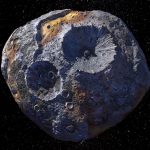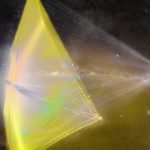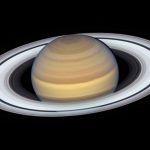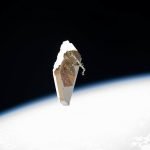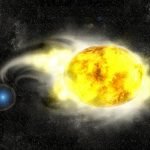The metallic asteroid 16 Psyche might not be what once thought
The widely studied metallic asteroid known as 16 Psyche was long thought to be the exposed iron core of a small planet that failed...
How to solve dust challenge in the future lunar mission
Dust is a nuisance on Earth.
Thankfully, we can simply pull out a vacuum or grab a rag to rid ourselves of the concoction of...
Helium rain probably falls inside Jupiter and Saturn, shows study
Scientists made the prediction nearly 40 years ago, but achieving the experimental conditions necessary to test the hypothesis has not been possible.
That is, until...
Scientists design new spacecraft propulsion system to reach infinity and beyond
Scientists from The Australian National University (ANU) have designed a new type of spacecraft propulsion system as part of an ambitious international project that...
Current tabletop sensors may help search for dark matter, shows study
Scientists are certain that dark matter exists.
Yet, after more than 50 years of searching, they still have no direct evidence of this mysterious substance.
The...
Jupiter and Saturn could have helium rain, shows study
Nearly 40 years ago, scientists first predicted the existence of helium rain inside planets composed primarily of hydrogen and helium, such as Jupiter and...
Scientists suggest new dimension to understand dark matter
As its name suggests, dark matter -- material which makes up about 85% of the mass in the universe -- emits no light, eluding...
Space junk: Houston, we have a problem
Humans have left an absolute mess in space but no one wants to clean it up.
When we think of space, we think big and...
This ‘oddball supernova’ appears strangely cool before exploding
A curiously yellow star has caused astrophysicists to reevaluate what’s possible within our universe.
Led by Northwestern University, the international team used NASA’s Hubble Space...
Dark Energy Survey releases most precise look yet at the universe’s evolution
The Dark Energy Survey collaboration announced it has created the largest-ever maps of the distribution and shapes of galaxies, tracing both ordinary and dark...

